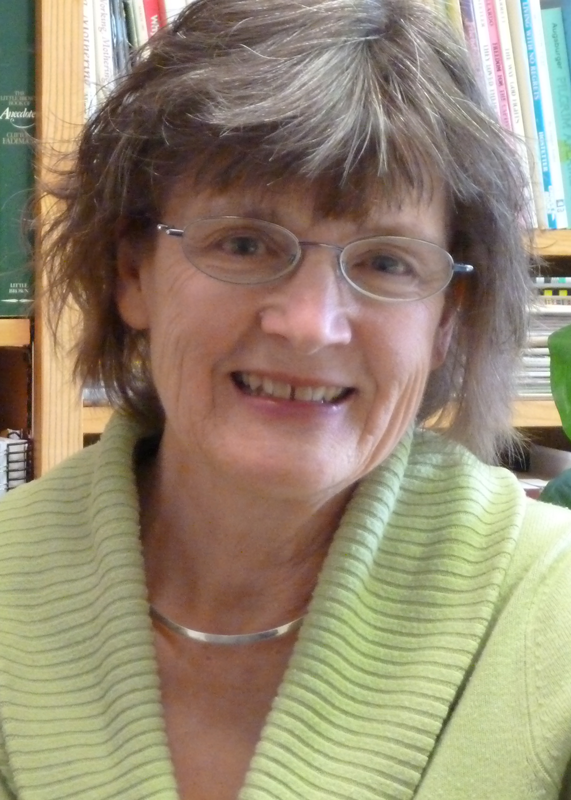The Price of Enjoying the Call of the Wild
When I was 13, my family took our “once-in-a-lifetime” trip to the western United States, with a small travel trailer. One of our joyful discoveries was camping frequently in the large chain of national parks, especially in the western states, and which offered nature, education, Sunday worship opportunities for campers, trails, adventure, and beauty all in one place.
Our local park—and I suspect many others—was formed out of land that had been a family’s farm or land. Sometimes this land had been in a family for generations—with or without an actual title deed.
For our dollar, these parks were much preferred over the one amusement park we visited, Disneyland in California. I think even as children we would have said that. I feel fortunate that in all, I’ve visited roughly a third of the U.S. national parks: 18 out of 59 throughout the U.S. states and territories. Several U.S. parks border Canada, and Parks Canada, Canada’s own wondrous list of 46 national parks, is perhaps even, arguably, more spectacular, with a wide range of scenery and huge acreage.
One of the perks of getting older here in the United States is the privilege of buying a one-time Senior Pass at age 62 for a mere $10 that lasts the rest of your life—offering free entrance into any and all national parks after that. High on my husband’s list of “things to do” after his 62nd birthday was to hurry to our nearby Shenandoah National Park/Skyline Drive for his very own pass. Come October, I expect we’ll be responding to the call of the “wild” and join hordes of others heading to our local park to see fall colors (and trying to see past the parade of cars heading out of the Washington, D.C., metro area and suburbs).

My mother was so happy to get her hands on an old Royal typewriter like the one she learned on.
While my mother visited us this summer, we went to Shenandoah National Park, which is participating in the centennial anniversary of the U.S. National Park System. At one exhibit, Mother was thrilled to find an old Royal typewriter exactly of the type she learned to operate in business school back in the early 1940s. Another display pointed out how, as the park was forming, one of the decisions they dealt with was whether the park would have a dedicated section for black people—pretty stark to see segregated thinking right there in “black” and “white.”
Also, it is important to note that our local park—and I suspect many others—was formed out of land that had been a family’s farm or land, or, out west, vast tracts where Native Americans lived. In the case of Shenandoah National Park, some of the land had been in a family for generations—with or without an actual title deed. The price of preservation of nature comes on the backs of those who earlier worked, loved, and stewarded their lands, and that is an unfortunate price. Many landowners were forced to sell their land—sometimes at fair prices, sometimes not—and many were embittered about having to move. In fact, in some of these rural enclaves, a natural suspicion of government and what governments can do almost at will still influences and shapes the local culture and families living nearby. But some families, especially older persons, were permitted to live on the land even after Shenandoah became a national park.
The people who work in these parks are, for the most part, respectful and even reverent of the price paid by previous generations. On a recent visit, my husband asked one park ranger when the last former landowner that had been permitted to live in the park passed away. The park ranger promised to look it up. I was pretty surprised to find that one of the messages waiting on our answering machine when we got home was from the park ranger. He reported that a woman named Annie Shank was the last of these who died while still keeping residence in the park. She died at age 92 in 1979.
These families and individuals made it possible for millions of others to enjoy the stunning natural views they had to themselves for so many years. I hope all of us can appreciate their sacrifice, and continue good conservation and protective practices to guard this gift and history!
Comments or stories? Please post at the website www.thirdway.com/aw or send to MelodieD@MennoMedia.org or Another Way, 1251 Virginia Avenue, Harrisonburg, VA 22802.




